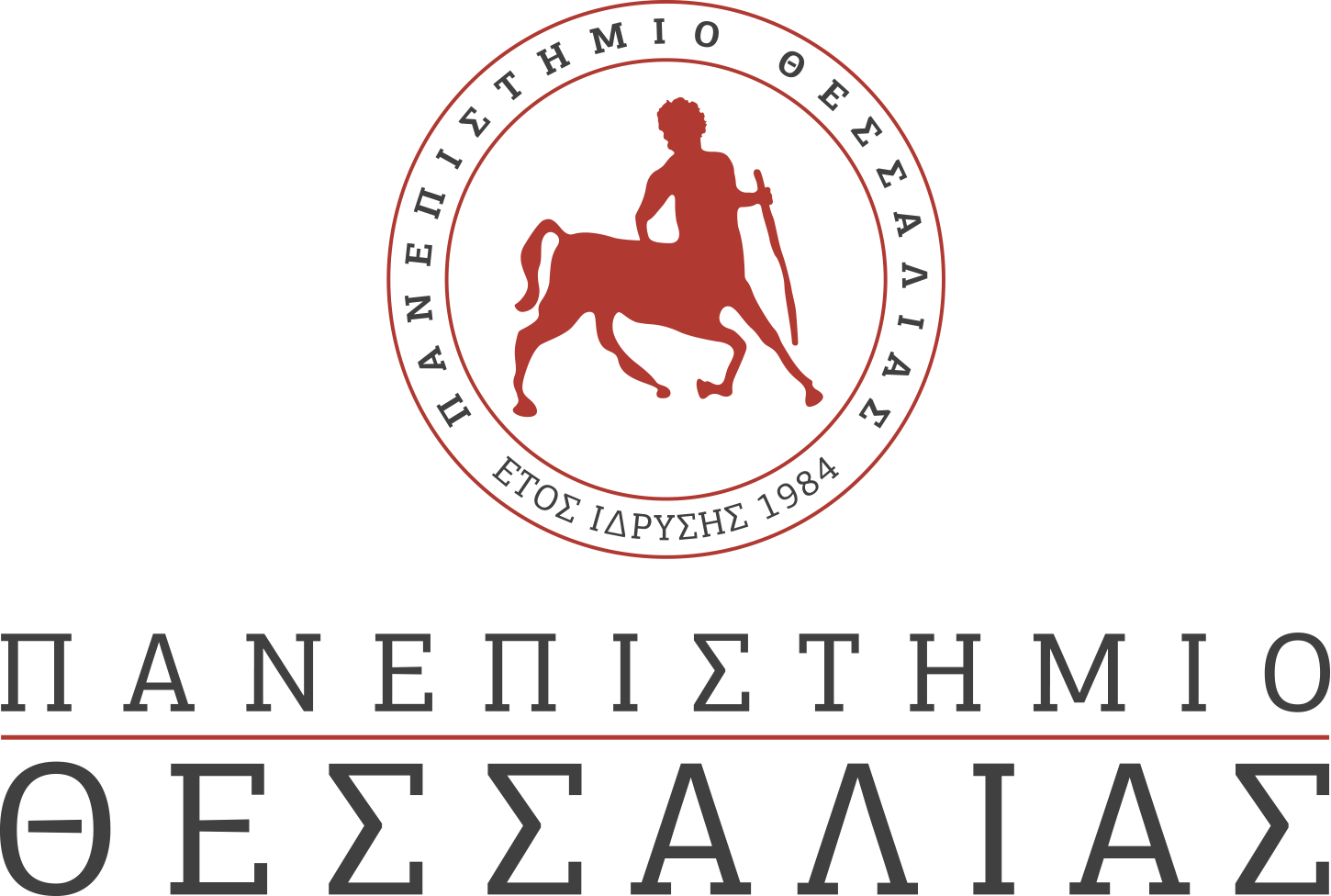Η παρουσίαση αυτή αποτελεί μια εισαγωγή στα σύγχρονα κειμενικά τοπία και ειδικότερα σε ζητήματα γραφής και ανάγνωσης ψηφιακών πολυτροπικών κειμένων. Αρχικά εξετάζεται το ζήτημα των ψηφιακών μέσων και η καθοριστική σημασία του λογισμικού στην κατανόηση των μέσων σήμερα. Στην συνέχεια προσεγγίζεται το ζήτημα των παλιών μέσων όπου αναδεικνύεται η σημασία της κινηματογραφίας ως οπτικής γλώσσας που επηρεάζει καθοριστικά τα ψηφιακά μέσα σήμερα. Ακολούθως παρουσιάζεται η γλώσσα των νέων μέσων, τα κινούμενα γραφικά, και αναλύεται κρίσιμος ρόλος που επιτέλεσε το λογισμικό 3Δ ψηφιακής σύνθεσης στην εμφάνιση της. Ακολουθεί η εξέταση των κυριότερων πτυχών της νέας αυτής γλώσσας με ιδιαίτερη έμφαση στους τρεις συναφείς τύπους γλυπτικής που επιτρέπει το λογισμικό: χρόνου, χώρου και μορφής. Η παρουσίαση ολοκληρώνεται με την εξέταση της έννοιας της πολυτροπικότητας υπό το πρίσμα των νέων τύπων αλφαβητισμού που απαιτούνται με όρους γραφής και ανάγνωσης ψηφιακών πολυτροπικών μηνυμάτων.
Λέξεις Κλειδιά: Πολυτροπικότητα, Γραμματική της Εικόνας, Κινούμενα Γραφικά, Γλυπτική Χρόνου, Γλυπτική Χώρου, Γλυπτική Μορφής
Μαθησιακοί Στόχοι Μετά την ολοκλήρωση της παρουσίασης, οι φοιτητές θα είναι σε θέση να:
| ||
| Young people, Facebook, and pedagogy: Recognizing contemporary forms of multimodal text making. Bezemer, J., & Kress, G. (2017) Young people, Facebook, and pedagogy: Recognizing contemporary forms of multimodal text making. In M. Kontopodis, C. Varvantakis, & C. Wulf (Eds.), Global youth in digital trajectories (pp. 22–38). London: Routledge | ||
| Ζιπαρισμενα Βιντεο | ||
| Παρουσιαση πολυτροπικοτητα | ||
Βιβλιογραφία Barnes, S. R. (2019). Studies in the efficacy of motion graphics: the relation between expository motion graphics and the presence of naïve realism. Visual Communication, 18(1), 135-158. Bellantoni, P. (2005). If it's purple, someone's gonna die: The power of color in visual storytelling. Oxford, UK: Focal Press. Bezemer, J. & Kress, G. (2008). Writing in Multimodal Texts: A Social Semiotic Account of Designs for Learning. Written Communication, vol 25, no 2, 166-195. Bezemer, J., & Kress, G. (2017) Young people, Facebook, and pedagogy: Recognizing contemporary forms of multimodal text making. In M. Kontopodis, C. Varvantakis, & C. Wulf (Eds.), Global youth in digital trajectories (pp. 22–38). London: Routledge Blaszczyk, R. L. (2012). The color revolution. MIT Press. Block, B. (2008). The visual story: creating the visual structure of film, TV and digital media (2nd ed). Oxford, UK: Focal Press. Bordwell, D. & Thompson, K. (2008). Film art: an introduction (8th ed). NY: McGraw-Hill. Brown, B. (2016). Cinematography: theory and practice: image making for cinematographers and directors. Taylor & Francis. Bruce, D. L. (2009). Writing with visual images: Examining the video composition processes of high school students. Research in the Teaching of English, 426-450. Bruce, D. L. (2015). Multimedia production as composition. In J. Flood, S. Brice Heath & D. Lapp (Eds.). Handbook of Research on Teaching Literacy Through the Communicative and Visual Arts, Volume II: A Project of the International Reading Association (pp. 11-18). New York: Routledge. Burn, A. (2013) ‘The kineikonic mode: Towards a multimodal approach to moving image media’. In Jewitt, C. (ed.) The Routledge Handbook of Multimodal Analysis, 2nd ed (pp. 373–84). London: Routledge. Burn, A. and Kress, G. (2018) ‘Multimodality, style, and the aesthetic: The case of the digital werewolf’. In E.S. Tønnessen & F. Forsgren, (Edsl). Multimodality and Aesthetics (15-36). New York: Routledge. Choi, G. Y., & Behm-Morawitz, E. (2017). Giving a new makeover to STEAM: Establishing YouTube beauty gurus as digital literacy educators through messages and effects on viewers. Computers in Human Behavior, 73, 80-91. Hull, G.A. & Nelson, M.E. (2005). Locating the Semiotic Power of Multimodality. Written Communication, 22(2), 224-261. Hullfish, S. (2008). The art and technique of digital color correction. Oxford, UK: Focal Press. Keating, P. (2014). Cinematography. John Wiley & Sons, Ltd. Kim, K., Paek, H. J., & Lynn, J. (2010). A content analysis of smoking fetish videos on YouTube: regulatory implications for tobacco control. Health Communication, 25(2), 97-106. Kress, G. (2003). Literacy in the New Media Age. London: Routledge. Kress, G. (2015). Semiotic work: Applied Linguistics and a social semiotic account of Multimodality. Aila Review, 28(1), 49-71. Kress, G. & Van Leeuven, T. (2006). Reading Images. The Grammar of Visual Design, 2nd ed. London: Routledge. Kress, G. & Van Leeuwen, T. (2002). Colour as a semiotic mode: notes for a grammar of colour. Visual Communication, 1(3), 343-368. Manovich, L. (2001). The language of new media. MIT press. Manovich, L. (2013). Software takes command. NY: Bloomsbury Manovich, L. (2017). Instagram and contemporary image. Manovich. net, New York. Misek, R. (2010). Chromatic cinema: A history of screen color. John Wiley. Monaco, J. (2009). How to read a film: Movies, media, and beyond. Oxford University Press. Ranker, J. (2008). Composing Across Multiple Media: A Case Study of Digital Video Production in a Fifth Grade Classroom. Written Communication, 25(2), 196-234. Ranker, J. (2017). The role of signifier differences, associations, and combinations in creative digital video composing: making meaning with gestures, objects, actions, and speech. Pedagogies: An International Journal, 12(2), 196-218. Ranker, J. (2018). The sliding of the signified: multimodal sign operations in a youth-created experimental digital video. Visual Communication, 17(3), 337-362. Smith, B. E., Kiili, C., & Kauppinen, M. (2016). Transmediating argumentation: Students composing across written essays and digital videos in higher education. Computers & Education, 102, 138-151. van Hurkman, A. (2011). Color Correction Handbook: Professional Techniques for Video and Cinema. Berkeley, CA: Peachpit Press. van Leeuwen, T. (1996). Moving English: the visual language of film. In S. Goodman & D. Graddol (Eds.). Redesigning English: new texts, new identities (pp. 81-103). London: Routledge. van Leeuwen, T., & Djonov, E. (2014). Kinetic typography: a semiotic exploration. In E. Zantides (Ed). Semiotics and Visual Communication: Concepts and Practices (pp. 150-161). Cambridge Scholars Press. Wong, M. (2019). Multimodal Communication: A social semiotic approach to text and image in print and digital media. Springer. | ||
ΜΑΘΗΜΑ 8: Ψηφιακά Πολυτροπικά Κείμενα: Γραφή & Ανάγνωση
